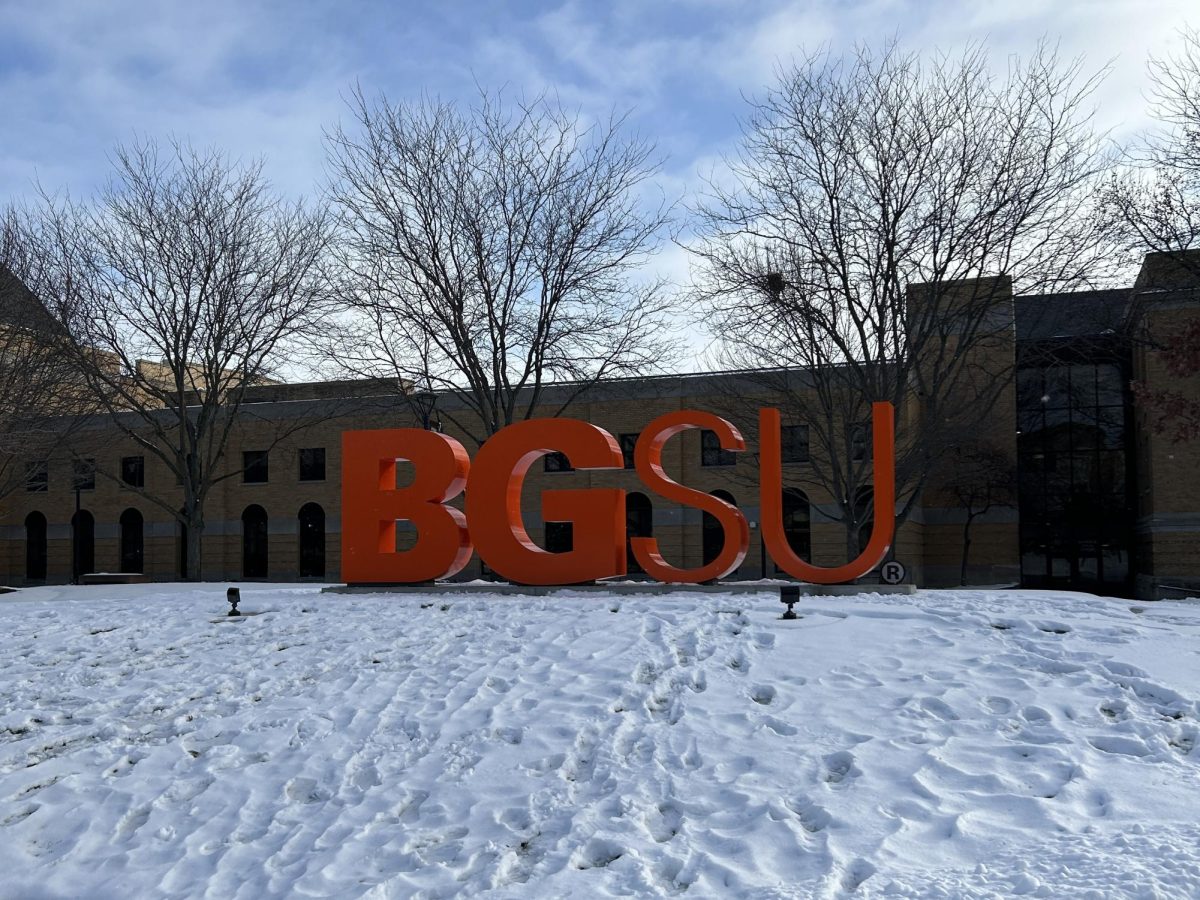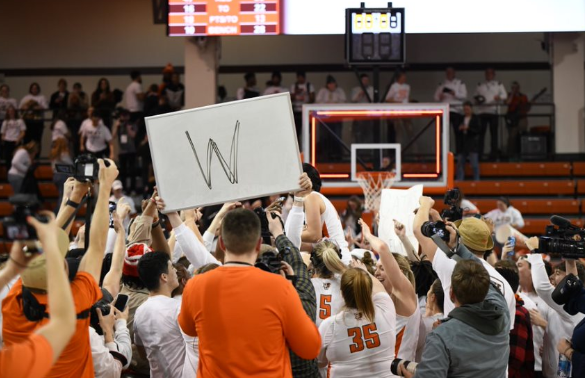As I write, members of the BGSU Faculty Association are voting on whether to accept or reject our first negotiated contract for faculty at this University.
Like any first time, it was a lot of trouble and the results are less than perfect. Still, the contract represents a substantial gain for the faculty (not just in terms of nickels and dimes). And the business-like reasonable spirit that prevailed in the negotiation’s final days was a refreshing change from some of the crazy town antics we saw from the administration in previous years (e.g. Senate Bill 5).
A deal needed to be cut; in the end, a deal was cut. Nobody is 100 percent happy with it, but it allows us to carry on with our jobs. (The US Congress might want to take note: this is how it’s done, guys.)
The faculty and/or the Board of Trustees could still reject the contract, in which case bad things would happen, but the smart money is betting that the contracting parties will accept the deal and that we won’t have a strike here at the University.
But, by the time these words appear in print, there will be another strike already in progress.
At Indiana University, students have been planning a two-day strike since December, and it’s slated to take place this week on Thursday and Friday. Students, faculty and staff will participate — in spite of the fact that in the “right to work” paradise of Indiana, public employees aren’t allowed to go on strike.
What are they upset about?
Tuition that’s rocketing up to unheard-of levels. Students being gouged by “service fees.” Privatized campus services that make the cost of college more expensive for students. Substandard wages for faculty and staff.
It all sounds pretty familiar, actually, and something like this might be on the horizon at the University, where students pay an extremely high tuition garnished with an oddly non-specific “general fee.” This fee, according to the University, covers, “the Bowen‐Thompson Student Union, intramural sports, and other student services, activities and related capital projects.”
Yes, some day you’ll be visiting the campus with your kids and you’ll say, “See that related capital project there? I helped build that.”
In fact, it’s far from obvious what student tuition and fees are spent on.
What the faculty found out, when we formed the BGSU-FA, is that there’s no telling what you might find out if you go looking for it. It might be time for the student body (and the people who help pay their tuition and fees) to organize and make some noise, both here and in Columbus.
There’s no reason why this process has to be hostile to the University or the administration. A recent study by Mark Cassell at Kent State showed that a unionized faculty was actually beneficial to a university, contributing to “lower budgets, higher graduation rates, and a greater number of degrees and completions.” The same could only be true of an energized, involved and organized student body.
A community works best when all its stakeholders are vigorous participants. Individuals, disgruntled or not, may be safely ignored by people in authority. In division there is only weakness. But, as the old Billy Bragg song says, “there is power in a union.”
Respond to James at
thenews@bgnews.com









